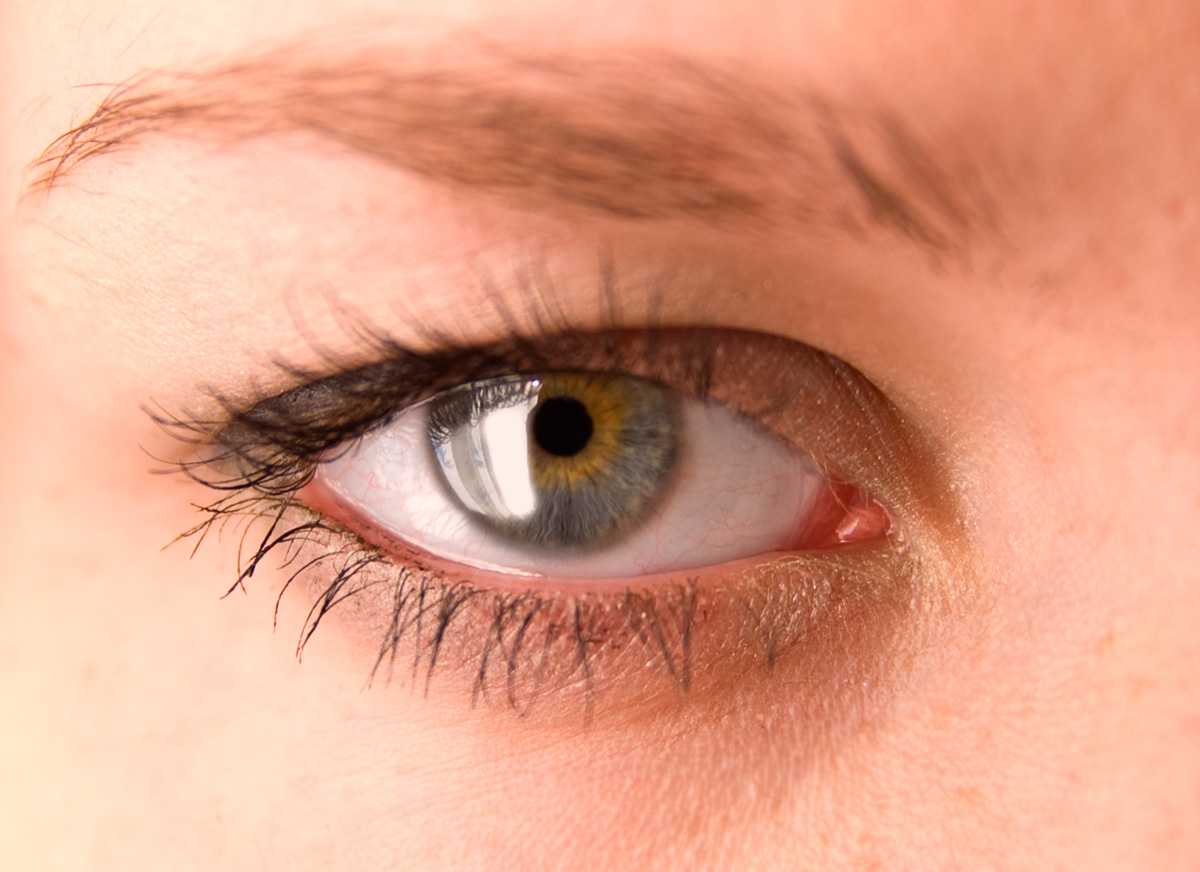Lazy Eye (Amblyopia) Treatment in Kansas City, MO
Amblyopia is an eye condition that is also known as “lazy eye.” It occurs when the brain and the eye do not work together properly. If left untreated, Amblyopia can cause vision impairment and possible blindness in the affected eye. Discover Vision Centers offers treatment for lazy eye.
What Is a Lazy Eye?
Amblyopia, more commonly called “Lazy Eye” is a condition that occurs when the brain does not properly receive signals from the eyes. With lazy eye, the brain typically recognizes the signal from one eye, and because it favors that eye, vision may decrease in the neglected eye. The term lazy eye has been adopted because the signals from one eye to the brain are not functioning as they should. Amblyopia develops during childhood, and typically the earlier it is treated the better it responds to the treatment, however, it is treatable at any age.
What Are the Symptoms And Signs of Amblyopia?
Amblyopia symptoms cannot always be easy to notice. Some symptoms are more outwardly recognizable than others. Common symptoms of lazy eye include:
- An eye that wanders inward or outward
- Head tilting or squinting looking at an object
- Slower reading speed/ difficulty reading
- Poor depth perception
- Shutting only one eye
- Frequent headaches or eye fatigue
Amblyopia is often only detected during an eye exam. This is why routine eye exams are important, especially between the ages of 3-5 years old, as symptoms of lazy eye in children are much more difficult to detect.
How Is Lazy Eye Treated?
Lazy eye responds best to early treatment in adolescence. Though it is less common, some adults can also see results from certain treatments. Treatment for lazy eye varies depending of the severity of the case, and what your doctor recommends. Treatments for Amblyopia include:
Eye Patch
Referred to as passive therapy, eye patching treatment consists of covering the stronger eye with a patch, essentially forcing the brain to pay attention to signals from the weaker eye. Wearing the patch up to 2 to 6 hours a day may be recommended, though this varies from case to case.
Corrective Lenses and Glasses
Corrective contact lenses or glasses can help to correct lazy eye that results from refractive errors such as astigmatism, nearsightedness or farsightedness.
Bangerter Filter
Similar to an eye patch, a bangerter filter is a filter placed on the eyeglass in front of the stronger eye, blurring its vision and forcing the weaker eye to become stimulated.
Atropine Eye Drops
Atropine eye drops are usually utilized in younger children who are not good candidates to wear lenses or a patch. These eye drops are placed in the stronger eye daily and work by temporarily blurring vision causing the brain to rely on the weaker eye.
Vision Therapy for Amblyopia
Optometric or active vision therapy consists of exercises meant to retrain the brain and help retain binocular function, or simultaneous function of both eyes. This therapy can include activities that require both eyes to function together to see far, middle and near distances. Active therapy has also evolved to include digital therapies using advanced technology like virtual reality that makes therapy into a fun interactive game that targets eye tracking, and other skills such as hand-eye coordination.
Lazy Eye Surgery
Surgery may be recommended if your child has droopy eyelids or if a condition like strabismus is present. As with any surgery or treatment option, your doctor will discuss the options they feel are most appropriate for your child’s condition.
Request an Appointment with a Kansas City Amblyopia Specialist
If your child suffers from amblyopia or if you think they may be developing symptoms of an amblyopic eye, contact Discover Vision Centers to request an appointment with a specialist.
GET CONSULTATION
What Is The Risk of Developing a Lazy Eye?
Risk factors of developing an amblyopic eye increase with certain factors. People who fall under these categories have a higher risk of developing amblyopia.
- Low birth weight
- Premature birth
- Developmental disability
- Family history of Amblyopia
What Causes Amblyopia?
What causes lazy eye:
There are multiple possible causes in cases of lazy eye. What causes lazy eyes in adults and children can differ. If left untreated as a child lazy eye can persist and become permanent into adulthood but occasionally other refractive errors or obstructions can bring about the onset of lazy eye in an adult. Here are the main causes of lazy eye.
Refractive errors
This is referred to as refractive amblyopia, and develops when there is too much of a difference in refractive error between both eyes. If the prescription differs too much between both eyes.
Strabismus
Strabismic ablyopia occurs from a muscle imbalance between the 2 eyes. If the brain senses one eye is turning it will ignore the signal from that eye to avoid double vision or disorientation.
Vision obstruction
This is known as deprivation amblyopia and occurs when cataracts, scars, injury or other factors obstruct the vision in one eye causing the brain to favor the unobstructed eye.
How Is a Lazy Eye Diagnosed?
Lazy eye is easily identified and diagnosed through a routine eye exam. To detect problems like lazy eye early on it is recommended that your child’s first eye exam occurs when your child is between the age of 6-12 months old. If your child is too young to read, the optometrist will check your child’s eyes with a flashlight, if they can read, your optometrist will check by having your child wear an eyepatch and read from a chart.
Why Choose Discover Vision For Lazy Eye Treatment for Adults in Kansas City, MO?
At Discover Vision Eye Centers our staff is dedicated to helping you in the most personalized way possible, and making sure you get the most beneficial solution possible. Our doctors work one on one with each patient to make sure that they find specialized therapy tailored to your experience with lazy eye. Call Discover Vision Centers today to talk to a specialist about lazy eye correction.
Reviews
Contact Discover Vision for Amblyopia Treatment for Adults Today!
If you are experiencing any visual symptoms of amblyopia, or have a family history of lazy eye, contact Discover Vision Centers for amblyopia treatments for adults today.
FAQ
Can you fix a lazy eye in adults?
Yes! Tough treatment may not work as quickly or effectively as in children, adults suffering from lazy eye can still see significant improvement through therapy and treatment.
What happens if a lazy eye remains untreated?
If not treated early Amblyopia can cause permanent vision damage or loss in the affected eye.
What Is the difference between crossed eye (strabismus) and lazy eye (amblyopia)?
Strabismus is a problem caused by muscle malfunction that causes one or both eyes to cross. Lazy eye or amblyopia is a vision obstruction or loss due to a loss of signal from one eye to the brain.


